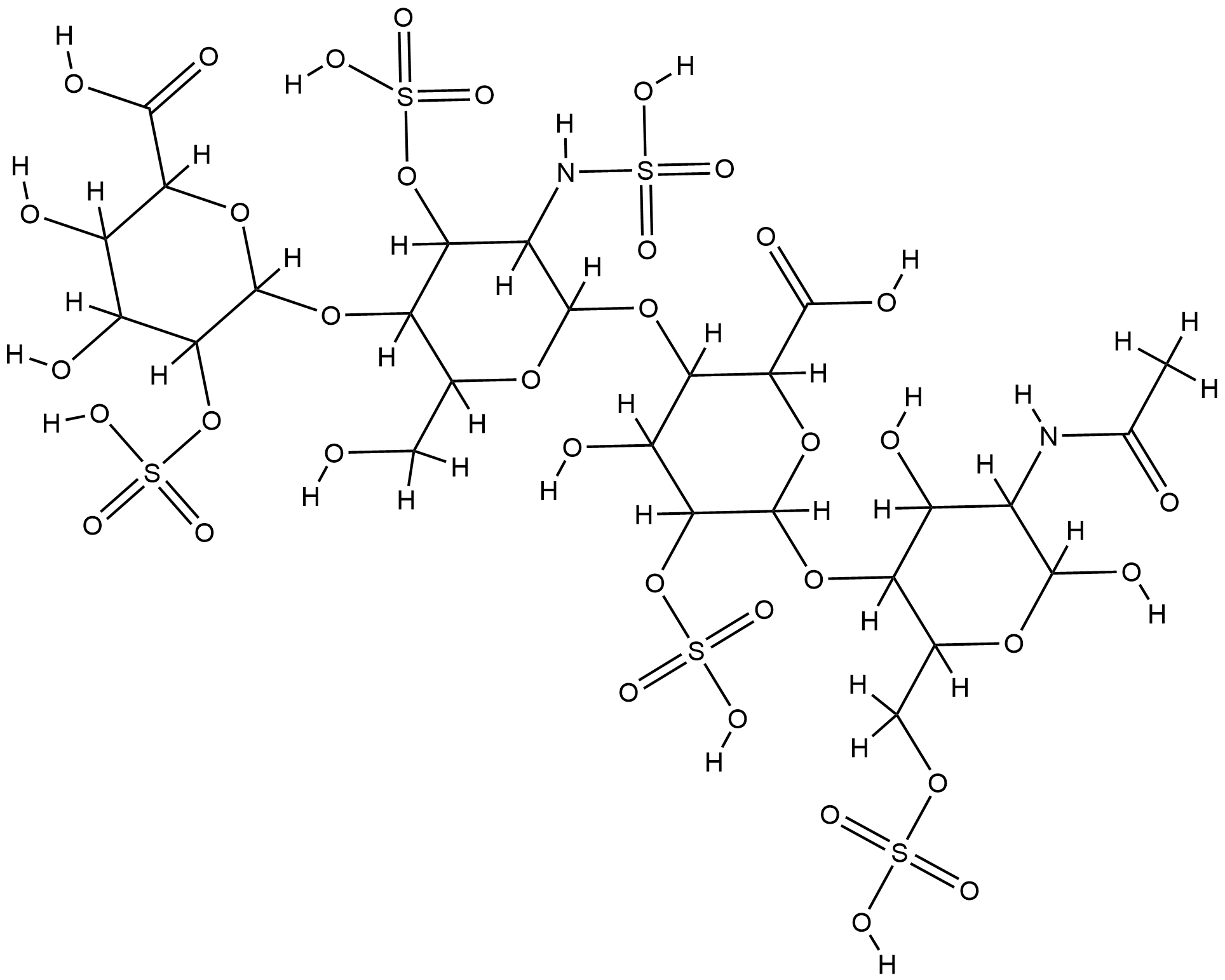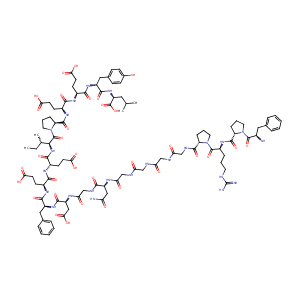| 1 |
ClinicalTrials.gov (NCT03537586) A Single Center Diagnostic, Cross-sectional Study of Coronary Microvascular Dysfunction
|
| 2 |
Heparin FDA Label
|
| 3 |
FDA Approved Drug Products from FDA Official Website. 2019. Application Number: (ANDA) 090809.
|
| 4 |
Hypothesis for potential pathogenesis of SARS-CoV-2 infection-a review of immune changes in patients with viral pneumonia. Emerg Microbes Infect. 2020 Dec;9(1):727-732.
|
| 5 |
URL: http://www.guidetopharmacology.org Nucleic Acids Res. 2015 Oct 12. pii: gkv1037. The IUPHAR/BPS Guide to PHARMACOLOGY in 2016: towards curated quantitative interactions between 1300 protein targets and 6000 ligands. (Ligand id: 6470).
|
| 6 |
New anticoagulants. Am Heart J. 2001 Aug;142(2 Suppl):S3-8.
|
| 7 |
8-Methoxy-naphtho[2,3-b]thiophen-4,9-quinone, a non-competitive inhibitor of trypanothione reductase. Mem Inst Oswaldo Cruz. 2003 Jun;98(4):565-8.
|
| 8 |
Bivalirudin decreases NO bioavailability by vascular immobilization of myeloperoxidase. J Pharmacol Exp Ther. 2008 Nov;327(2):324-31.
|
| 9 |
The effects of bivalirudin compared with those of unfractionated heparin plus eptifibatide on inflammation and thrombin generation and activity during coronary intervention. Coron Artery Dis. 2005 Sep;16(6):401-5. doi: 10.1097/00019501-200509000-00010.
|
| 10 |
Bivalirudin: a new promising direct antithrombin. Indian Heart J. 2007 May-Jun;59(3):288-94.
|
| 11 |
ClinicalTrials.gov (NCT00433966) Harmonizing Outcomes With Revascularization and Stents in Acute Myocardial Infarction
|
| 12 |
ClinicalTrials.gov (NCT01464671) Angiomax or Unfractionated Heparin for Patients Undergoing Percutaneous Coronary Intervention
|
|
|
|
|
|
|


